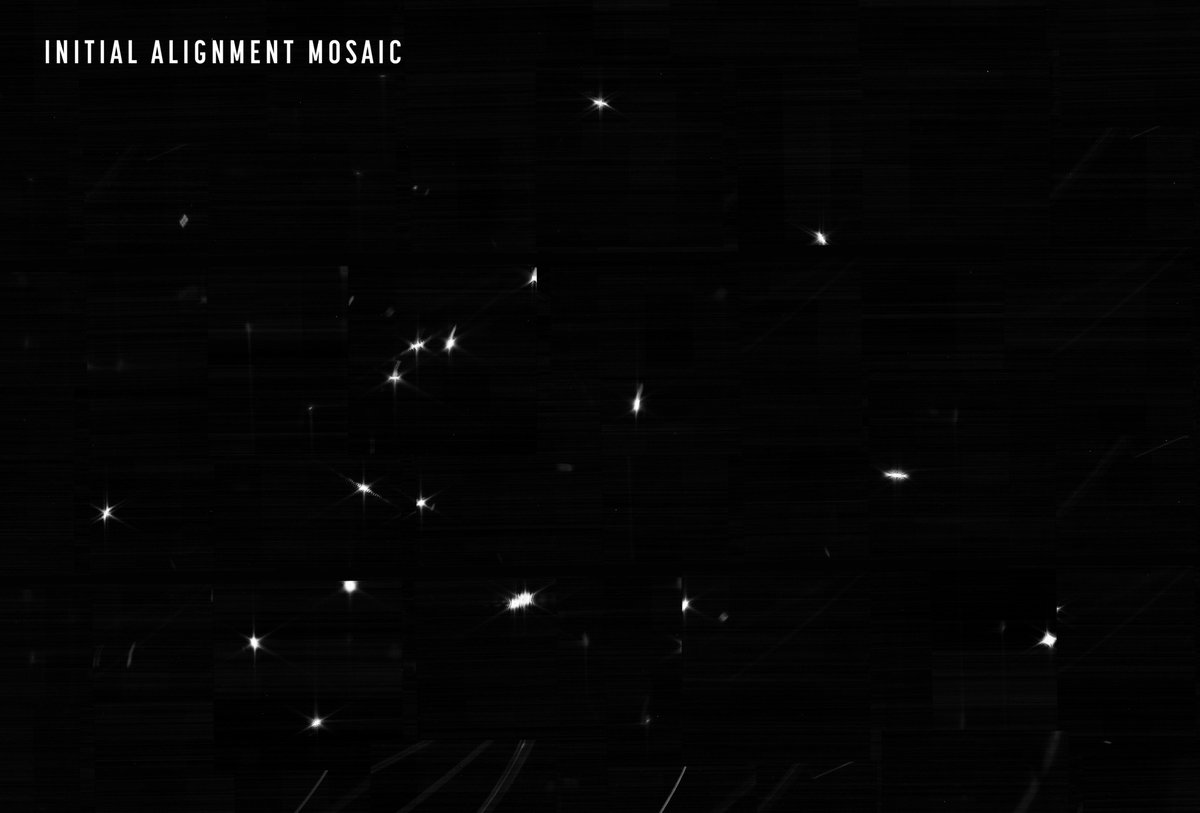
To chill to its operating temperature of less than 7 K (-447 F or -266 C), Webb’s MIRI instrument uses a special refrigerator. But it also requires heaters to control its cooldown & prevent ice from forming in space. 🧊
Wait, ice? Allow us to explain (thread ⤵️)
Wait, ice? Allow us to explain (thread ⤵️)

When Webb launched, moist air was entrapped between components like the sunshield membranes and its many layers of insulation. Other Webb materials absorbed water vapor from Earth’s atmosphere. Most of this air escaped just 200 seconds after liftoff, but some moisture remained.
Water behaves differently in space than on the ground. In a perfect vacuum, water can exist only as a gas, but even space isn’t a perfect vacuum. Instead, water tends to "outgas" at temperatures above 160 K (-172 F or -113 C), and it tends not to below 140 K (-208 F or -133 C).
Crucially, if any water molecules are floating around and contact a surface colder than 140 K, they will stick to it as ice and never come off. This is what’s incredibly important to prevent for the Webb telescope.
Once Webb’s sunshield deployed, Webb began to cool quickly. Our team carefully managed the rate of this cooldown and the order in which different components cooled using electric strip heaters. This allowed water to escape to space rather than freeze onto sensitive components.
MIRI’s “refrigerator,” or cryocooler, uses helium gas to carry heat out to the warm side of Webb’s sunshield. To ensure that the cryocooler could work & MIRI could cool to its ultimate temperature, all water had to be either eliminated or purposely contained in designated areas.
NEW on our “Where is Webb” tracker: You can now track MIRI’s temperature as it cools to its target level! Also check out our interactive graphs to see how the temperatures of Webb’s instruments have changed since launch: webb.nasa.gov/whereiswebb #UnfoldTheUniverse 

• • •
Missing some Tweet in this thread? You can try to
force a refresh







